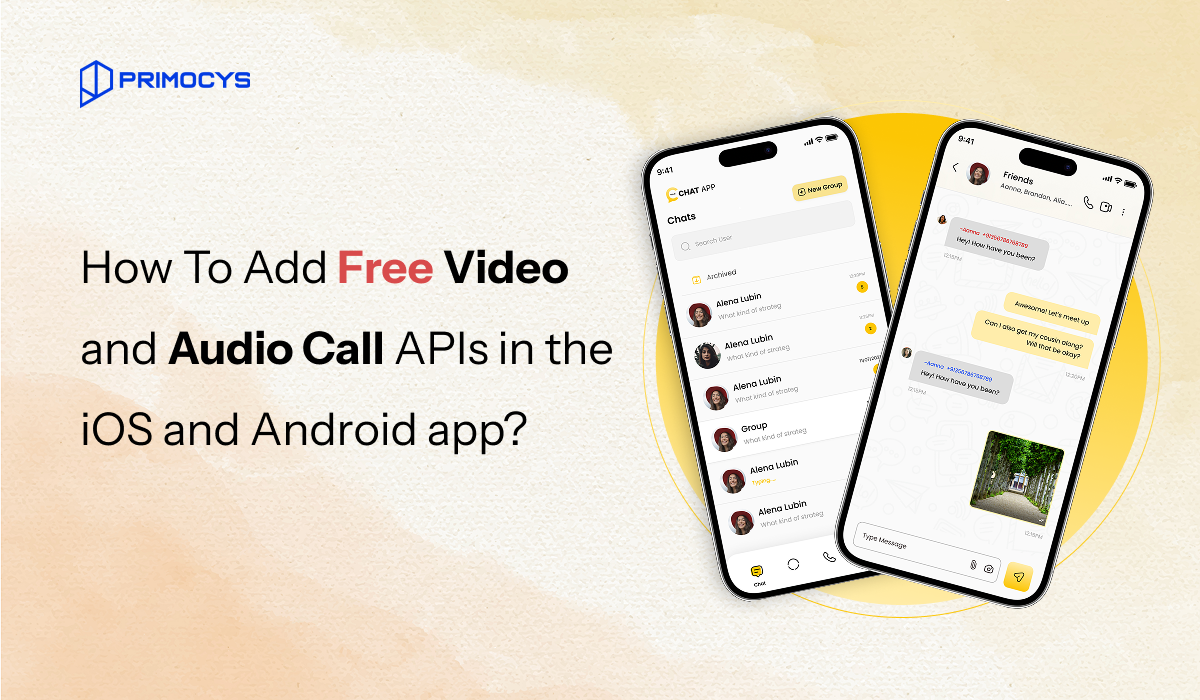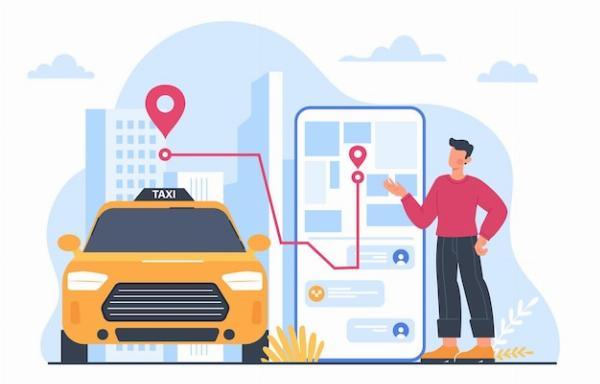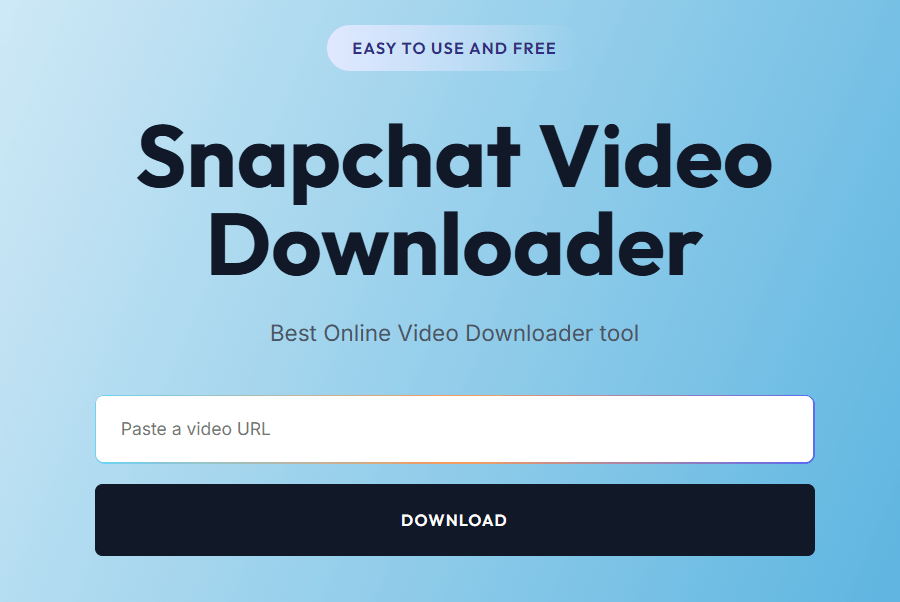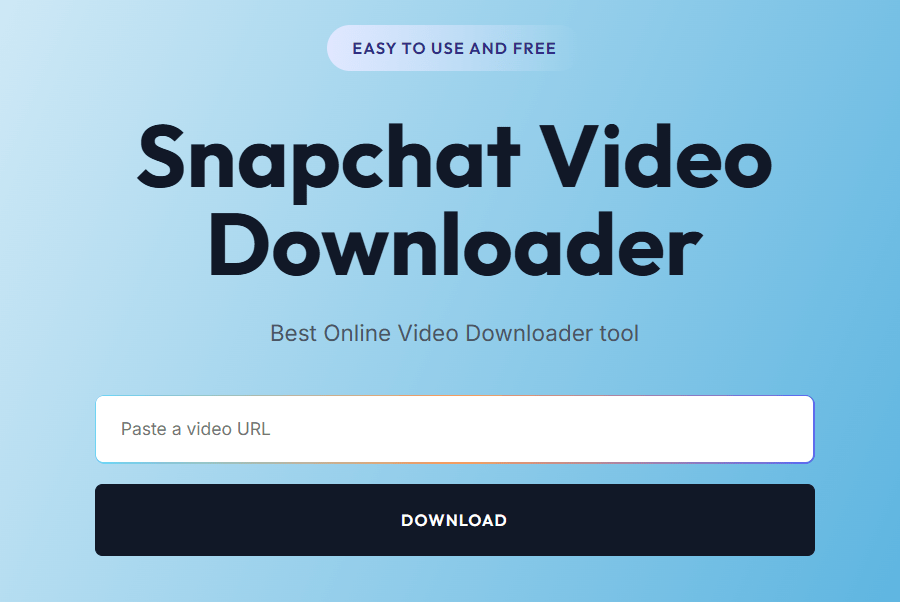How To Add Free Video and Audio Call APIs in the iOS and Android app?

Strong 8k brings an ultra-HD IPTV experience to your living room and your pocket.
In the present digital era, Free Video and Audio Call applications are vital tools for enabling real-time communication. If you are working on a mobile app and intend to add free video and audio calling features, suitable API integrations can transform your app into a fully functional video-calling application for iPhone, iPad, or both. Therefore, WebRTC is a key technology in the creation of effective and seamless video-calling applications.
This blog serves as a resource to navigate the process of integrating video and audio call APIs, constructing a real-time communication application, and delving into advantageous features like call history tracking, in addition to supporting both single and group calls.
What is WebRTC?
WebRTC, which stands for Web Real-Time Communication, is an open-source standard that facilitates real-time communication (RTC) between web browsers, mobile applications, and various devices. It allows users to exchange audio, video, and data directly without the involvement of an intermediary server, making it particularly advantageous for applications such as video calling, voice chatting, file sharing, and live streaming.
How Webrtc Works?
WebRTC facilitates real-time communication by allowing devices to connect directly with one another. It enables the exchange of audio, video, and data without intermediaries.
This diagram illustrates the establishment of a connection for audio and video calls via a peer-to-peer network.
How to Connect Api?
What is P2P Communication?
The Peer-to-Peer (P2P) connectivity model is a form of network communication in which each participant has equal capabilities, enabling any individual to start a communication session. This differs from traditional client-server models, where communication is typically governed by a central server that manages requests and responses. P2P networks promote direct interactions among peers. In the context of WebRTC, P2P connectivity is crucial as it allows for immediate, real-time communication without routing data through an intermediary server, which helps to decrease latency and bolster privacy and scalability.
By employing a peer-to-peer model, WebRTC establishes connections between web clients, which enables the efficient exchange of media and data streams. The technology incorporates JavaScript APIs to mitigate the complexities associated with real-time media exchange, thus rendering it user-friendly for developers lacking in-depth knowledge of communication protocols or real-time system architecture.
The architecture of How Our API works in the Backend for Free Video and Audio Call
PeerJS encapsulates the WebRTC functionality of the browser, offering a more straightforward and user-friendly API for establishing peer-to-peer connections. An accompanying image is provided for further clarification.
Here is step-by-step explanation:
1) When users initiate a call, the system will first send a request to the STUN server to obtain the public identity, similar to the peer user data from the sender’s side. Following this, it will make a request to the backend to establish the call. The server will then create a socket room and emit the relevant data to the designated room.
2)The backend will inform the corresponding receiver user by transmitting sender data through a peer data connection. Subsequently, the receiver user will determine whether to accept or decline the call.
3) If the user picks up the call then, the system will send a request to the Stun server to obtain the public identity, similar to the peer User data. Subsequently, it will notify the backend of its readiness to join the call. The server will then supply the receiver data (Peer data) to the socket room.
4) On the Sender side, the User will get the data( Peer data) of all receivers.
5) A connection between peers is formed on each side, allowing for the exchange of streams in real-time as both parties are in the call.
6) If Declined on the receiver side, the server will be instructed not to join the call. If there are already participants in the call, they will be notified that the new user has not joined, ensuring that the ongoing call remains unaffected. If only one user is present in the room, likely the host, the sender will be informed that the call has been declined, and subsequently, the room will be closed.
7) If an ongoing call, Initially it will eliminate all peer user data from its local storage. Subsequently, it will inform the backend of the call decline, prompting the backend to notify the other participants in the ongoing call.
8) Ongoing calls with other users, another user will eliminate the peer data associated with that particular user, which includes terminating the stream and disconnecting the peer connection for that specific user.
Note: An explanation has been provided regarding the overall structure of the WebRTC PeerJS connection, including insights into its functionality within the backend of your application
What functions you can implement in your app or website
1) Video and Audio Conferencing
Users can make video and audio calls in real time. You can also set up group conferences by connecting multiple peers.
2) Live Streaming
Host live events or webinars and stream them straight to your connected peers. You can send out a single broadcast to reach multiple viewers at the same time.
3) Social Media Features
Audio and video chat rooms that operate on a peer-to-peer basis. Real-time broadcasting with minimal delay.
Develop An Audio and Video Calling Application with Primocys
If you want to build a top-notch video-calling app, Primocys can help you make the right choice. We are a leading web and Mobile App Development Company with 7 years of Experience and expert developers at PRIMOCYS!
If you too want to build an app and are unsure of how to begin the process, schedule your appointment or book your consultation today with a primocys expert. Our email for all your queries is [email protected]. Or let’s connect to chat.
Conclusion
This blog shows the architecture of how audio and video calls work. You can explore our demo product whoxachat app where the APIs of video and audio calls are implemented, and can check the flow of it.
Here you can also check the Whoxa chat web version too. For any details, you can contact us at [email protected]
Note: IndiBlogHub features both user-submitted and editorial content. We do not verify third-party contributions. Read our Disclaimer and Privacy Policyfor details.







